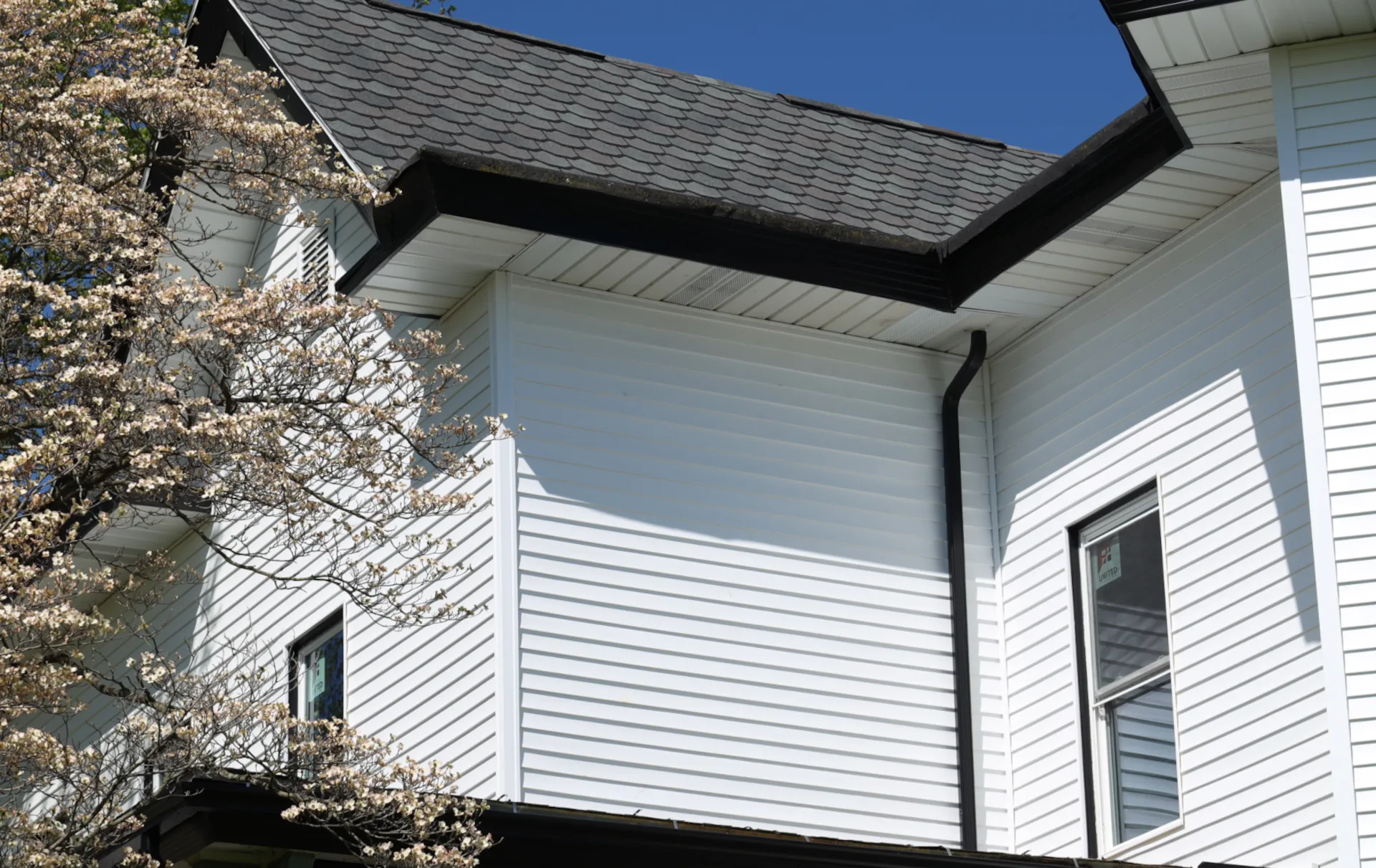
Vinyl siding remains one of the most popular exterior materials for homes across the U.S., particularly in Ohio, thanks to its affordability, low maintenance, and durability. But even the toughest siding won’t last forever. So, how long does vinyl siding last? And what steps can you take to extend its lifespan and recognize when it's time for a replacement?
In this post, we’ll cover:
Modern vinyl siding is built to last. Most quality products have an expected lifespan of 20 to 40 years, with some premium brands pushing past the 50-year mark when properly maintained. That longevity makes vinyl one of the best-value options for homeowners who want a long-lasting exterior without constant upkeep.
Several factors influence how long vinyl siding lasts:
Explore the range of stylish, durable siding solutions offered by Kidron Custom Exteriors here: Vinyl Siding & House Siding Options
Even the best siding will eventually show its age. Here are common indicators that your vinyl siding may be nearing the end of its lifespan:
If you notice any of these, a professional evaluation is a smart next step. Schedule an inspection or get a free estimate.
Proper care and attention can help your vinyl siding reach the upper end of its lifespan—and possibly exceed it. Here are some tips to keep it performing at its best:
Use a garden hose, soft brush, and mild detergent to remove dirt, mold, and mildew. Avoid high-pressure washers, which can force water behind the panels and cause long-term damage.
For guidance, check out this resource: Ohio Homeowners Guide to Cleaning Vinyl Siding
After heavy winds or hail, inspect for cracks, dents, or loose pieces. Prompt repairs can prevent further damage.
Overgrown landscaping can rub against the siding, causing scratches or trapping moisture against the panels.
Grills, fire pits, and other high-heat sources should be placed well away from your home. Vinyl can warp or melt when exposed to intense heat.
If you notice any damage, no matter how minor, address it quickly. Small cracks can turn into big problems if left untreated.
Eventually, replacement becomes the best option, especially if your siding is over 30 years old or showing widespread signs of failure. Replacing vinyl siding is a major home improvement project, but it’s also one that offers a high return on investment, both in terms of aesthetics and efficiency.
Here’s what homeowners across Ohio can expect in 2025:
Insulated siding and premium finishes add to the cost but also increase energy efficiency and curb appeal. Getting quotes from multiple professionals offering siding installation near you will help clarify your specific budget and options.
Explore more about pricing factors and materials here: Vinyl Siding Cost in Ohio: What to Expect in 2025
Sometimes, minor damage can be repaired, especially if you have matching spare panels available. But if repairs become frequent or if a large portion of your siding is failing, full replacement often makes more financial sense in the long run.
A local contractor can inspect your home and advise on whether spot fixes or a complete upgrade is the better investment.
So, how long does vinyl siding last? With the right materials and proper care, many Ohio homeowners can expect their siding to last at least 30 years, if not longer. But once age, weather, or damage takes its toll, replacement may be the smartest move to protect your home and maintain its appearance.
Contact Kidron Custom Exteriors today for a free quote or more information.